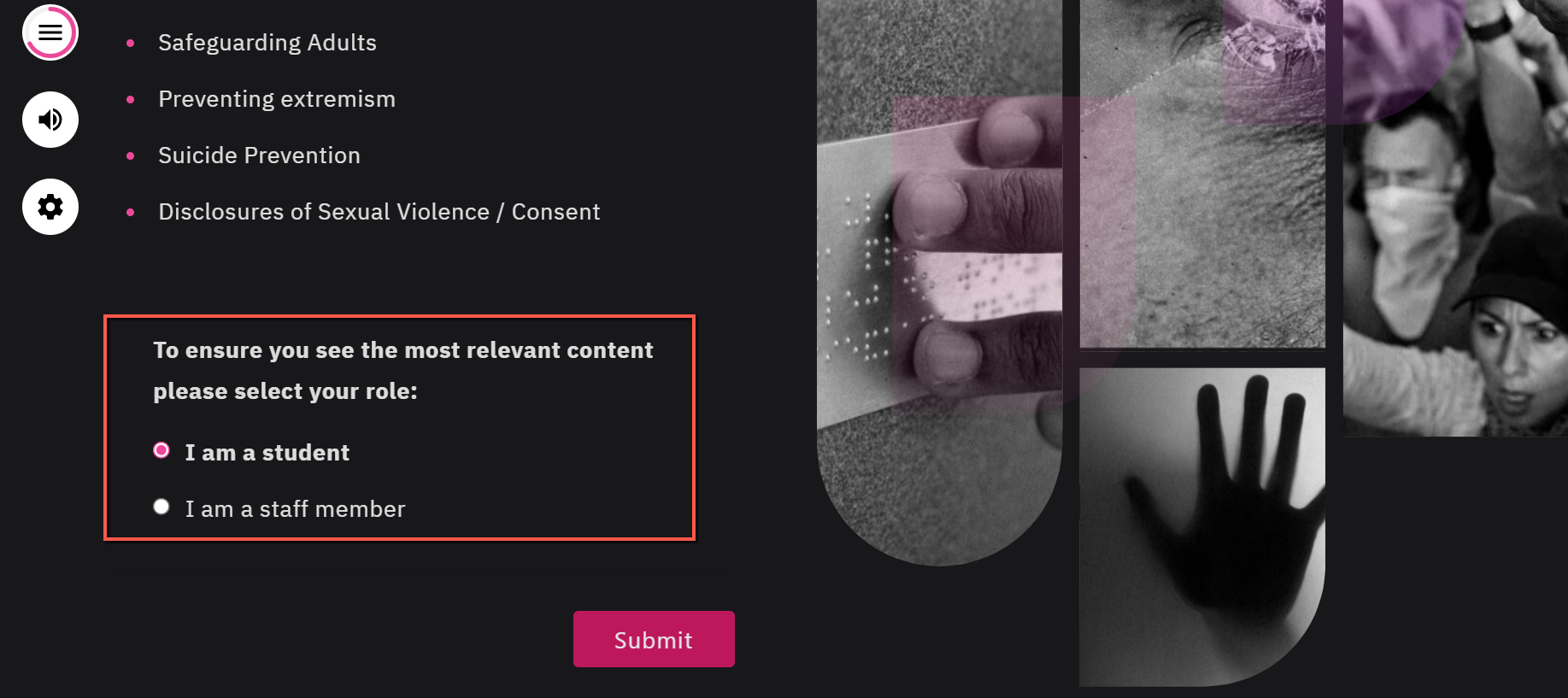Whilst university and higher education provide a uniquely enriching and formative experience for most students, it can also bring with it a wide range of challenges, from mental health issues to personal safety and well-being. These can be complicated by the fact that the vast majority of students may have not experienced living independently for the first time, away from their families and their support networks.
All universities and centres of higher education have a responsibility to safeguard their students so that they can take full advantage of the learning experience and development that universities offer in a safe and secure environment. Alongside the support services and structures that universities put in place, clear guidance needs to be offered, so that members of staff and contractors understand the key challenges that students may face, how to recognise warning signs, when and how to act, and the limits of their responsibilities. Failing to offer clear guidance on key considerations such as responsibility, disclosure and indeed appropriate behaviour, can lead staff to fail to act.
In addition, students themselves need similar guidance on these challenges, how to support their fellow students, how to recognise the signals of distress, and a clear understanding of what is appropriate behaviour in much the same way that an organisation would set out its policies on the expectations of the behaviour of its staff.
Our new video-led Safer Universities course explores the challenges that students face, dispels myths and gives clear guidance on the responsibilities of individuals, staff and students, to ensure they can act accordingly and responsibly.
Who is the Safer Universities course aimed at?

Although there is great overlap between the student and staff approach, the course is tailored to either staff or students where appropriate, with the relevant content and guidance.
It is primarily video-led, with both subject matter expert and lived experience interviews, some brief dramas, and the learning points unpacked in accompanying text in a dynamic and engaging way.
What does the Safer University course cover?
The course content is structured around the four following areas with the key learning outcomes:
Safeguarding
- Define what safeguarding is, and what groups of individuals it applies to
- A clear definition of abuse and neglect
- Recognise when and how to report a safeguarding concern
- To understand the role of confidentiality within safeguarding best practice
Extremism Prevention
- Describe what we mean by extremism and radicalisation
- Define the warning signs that a student might be radicalised and how and when to report concerns
- Understanding the vulnerability of radicalised individuals
- The key movements and ideologies that are of particular concern
- How we protect students from radicalisation whilst fomenting a culture of freedom of speech and tolerance
Suicide Prevention
- Understand why suicide is a risk to students in a higher education context
- Create awareness of suicide triggers, such as mental health conditions, academic stress, and disruptions to their established support networks
- Breaking down some of the myths and stigmas surrounding suicide that can stop people from offering support
- How to talk about suicide in a way that is non-triggering
- Adopt a suicide first-aid approach to intervention and identify when to call the emergency services
Consent and sexual violence
- Define consent in a sexual context
- Identify when a disclosure or concern of sexual violence is a legal responsibility to report, or when you might need consent to report it
- How to talk to a victim of sexual violence in a supportive and non-judgemental way
- Advice for students on consent, and key ways to think about consent and sexual violence in order to foment a culture of understanding and respect for everyone
To trial the Safer Universities training course for free, click here.
For further information, download your free copy of our Safer Universities guide here.








